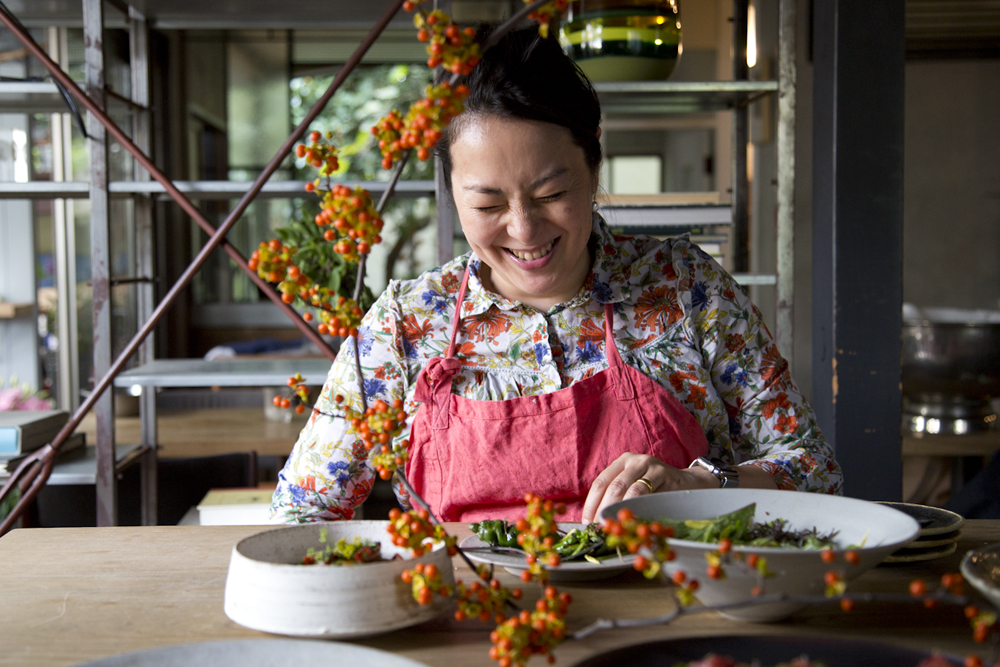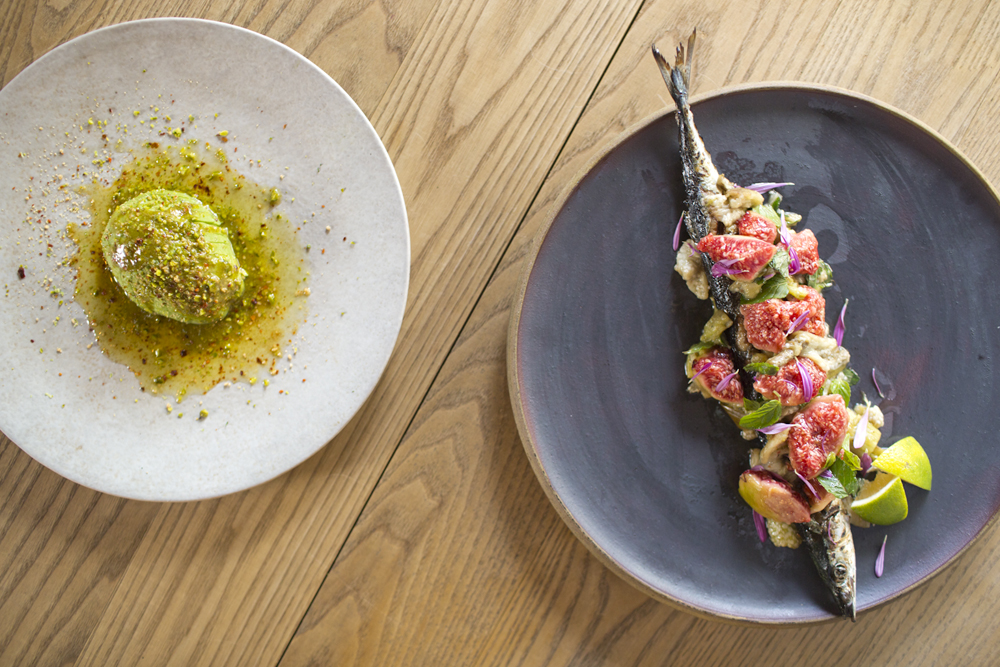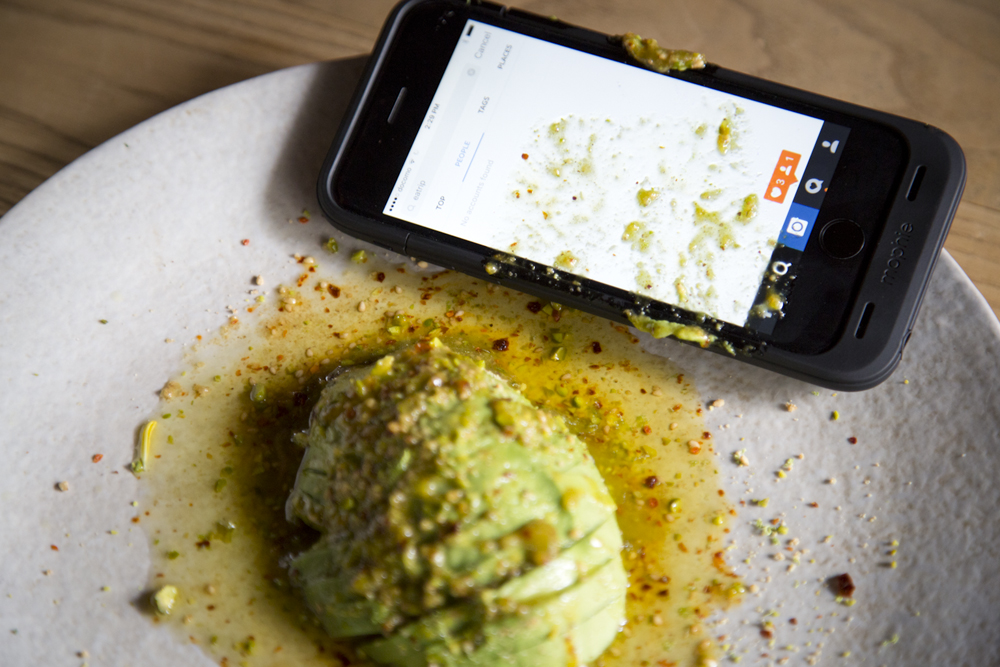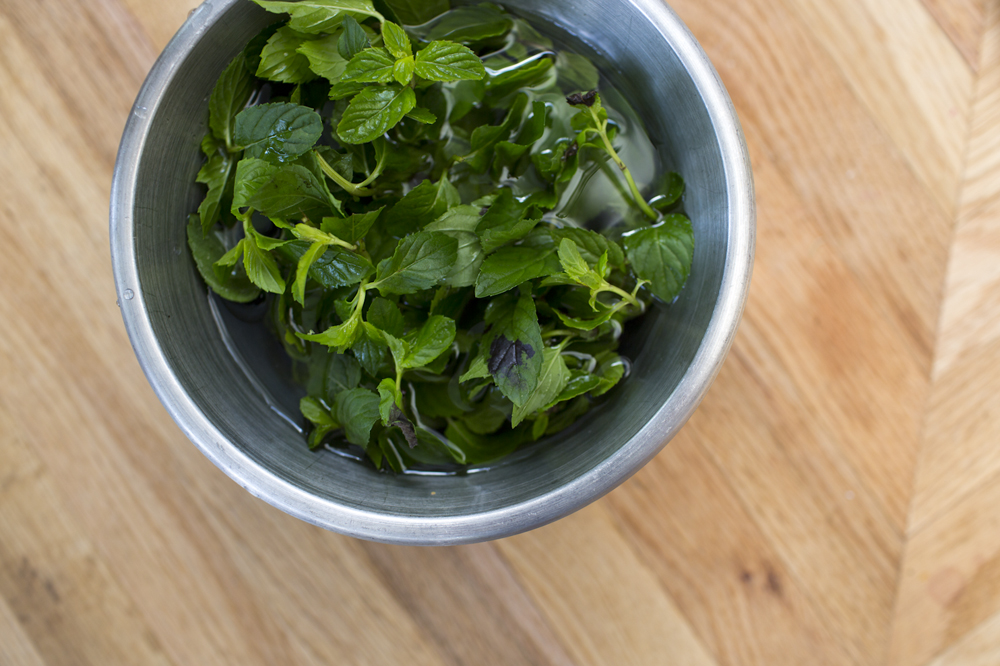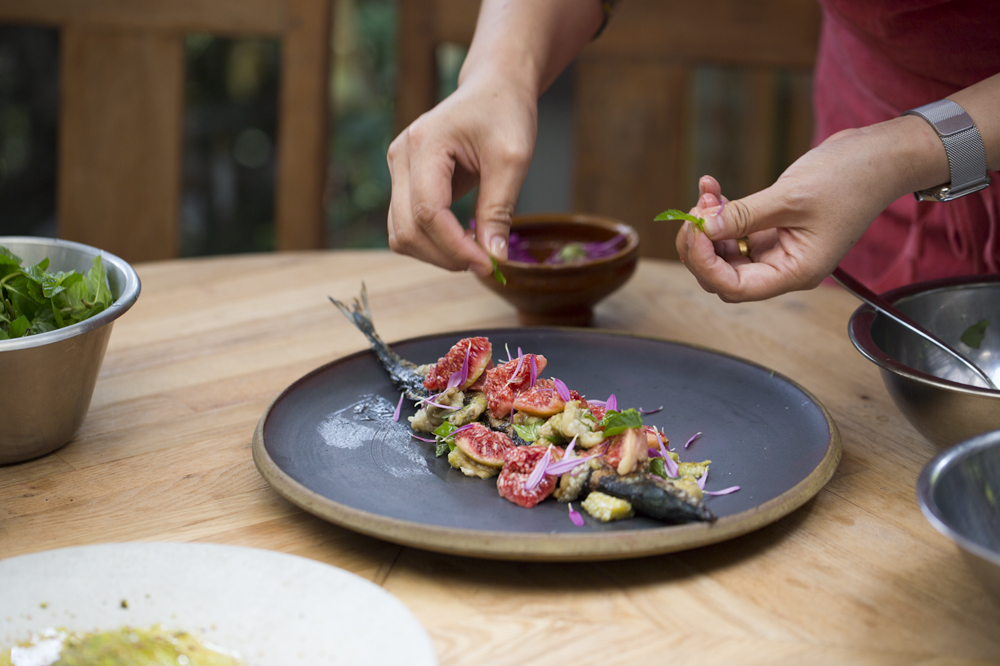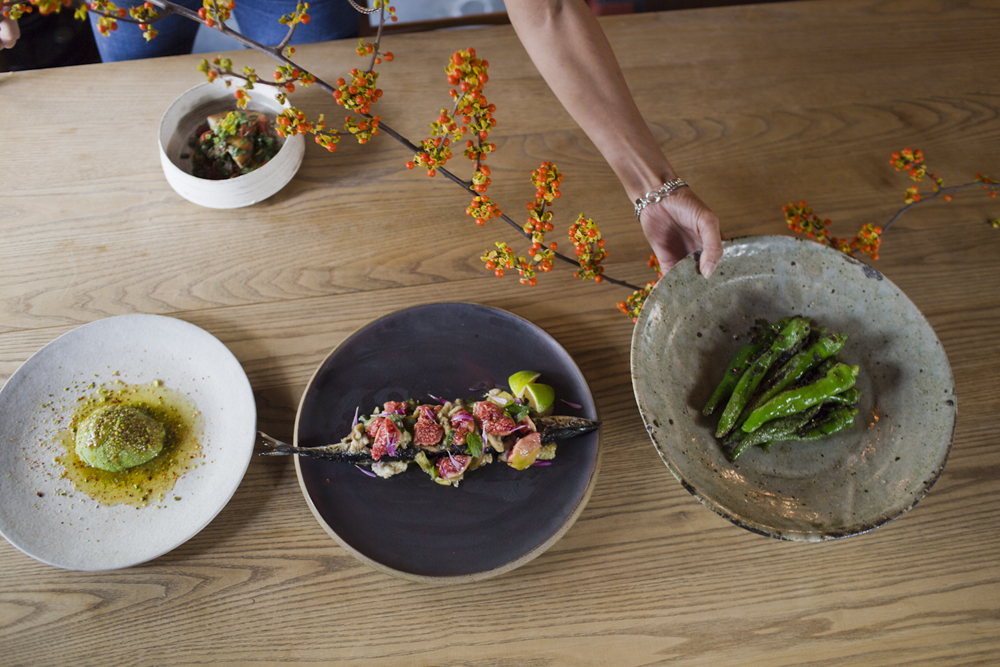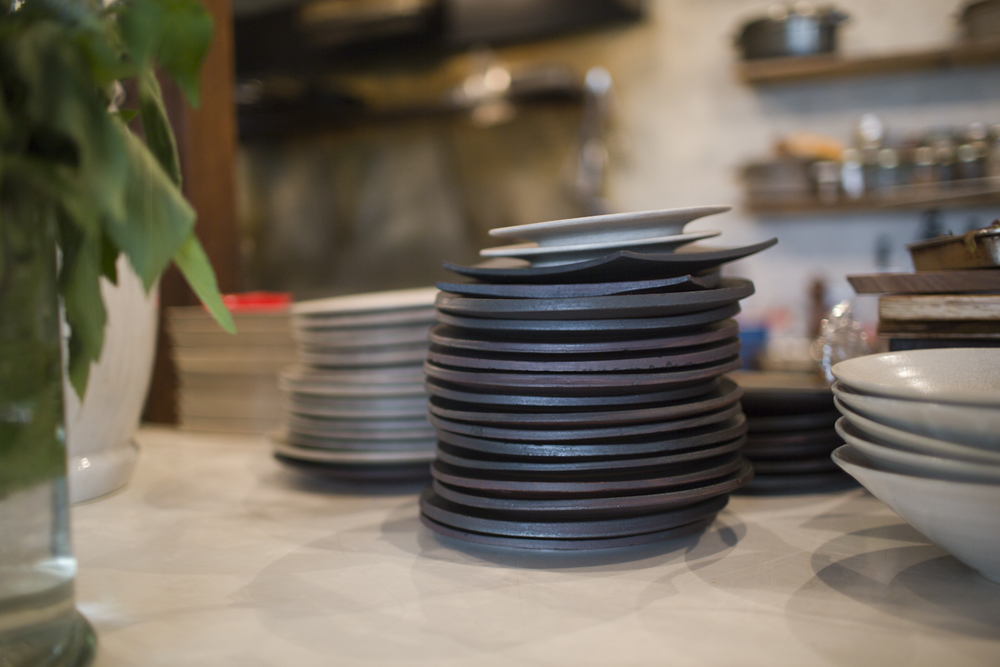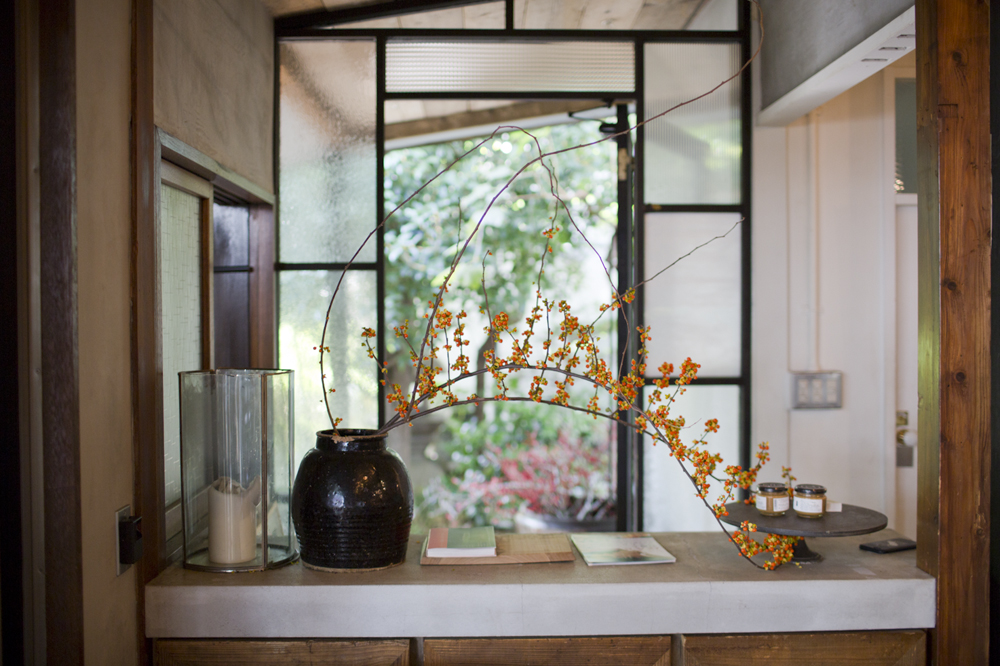Mackeral with Figs and Eggplant and Avocado stuffed with ricotta and topped with nuts and sesame
Eatrip’s Grilled Mackerel and ricotta Stuffed Avocado Salad
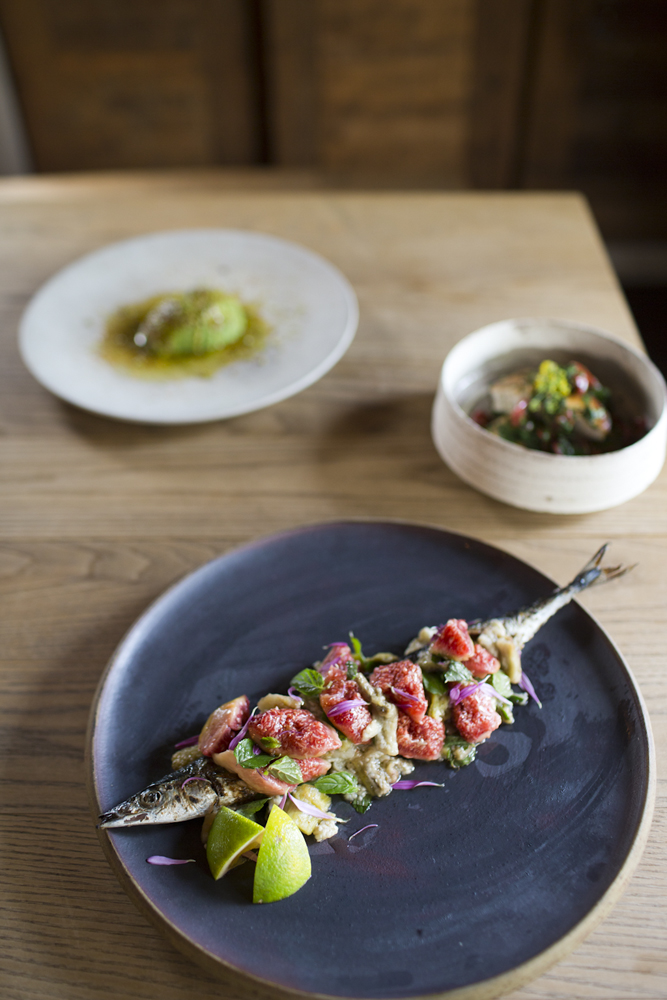
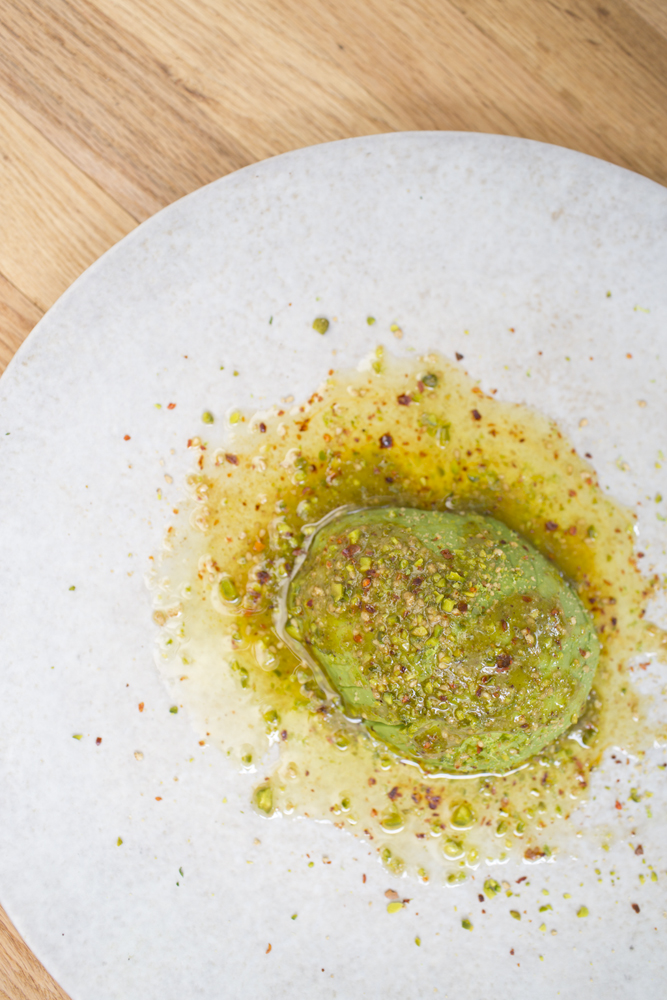
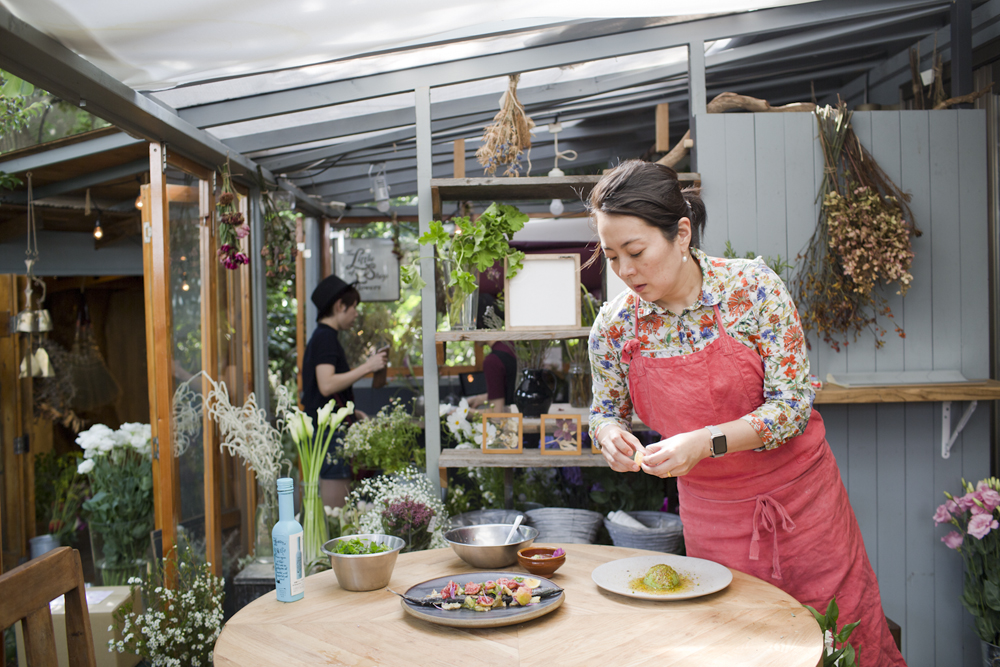
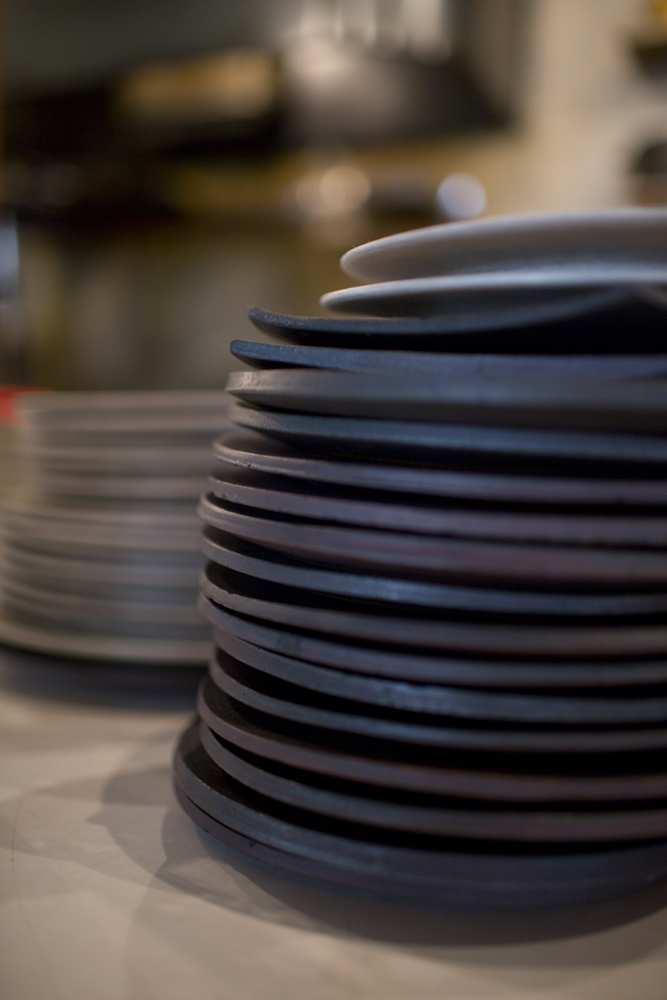
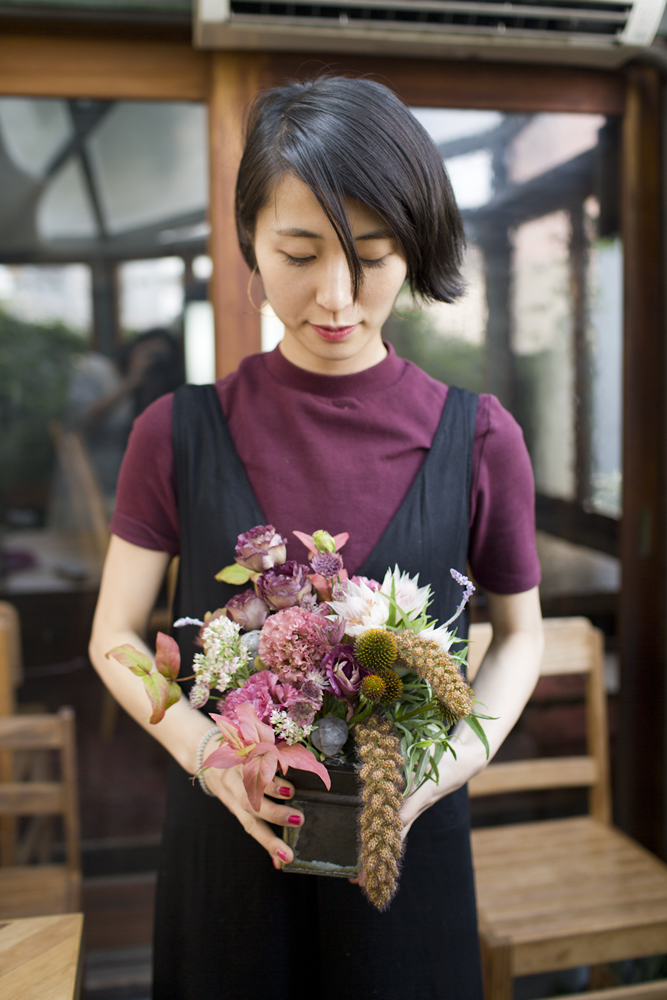
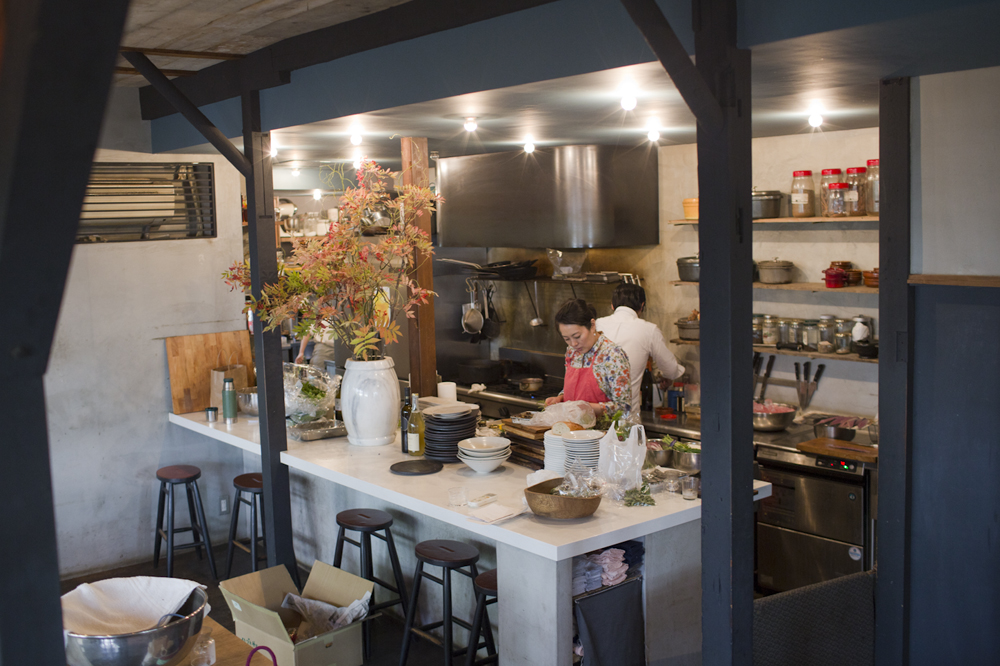
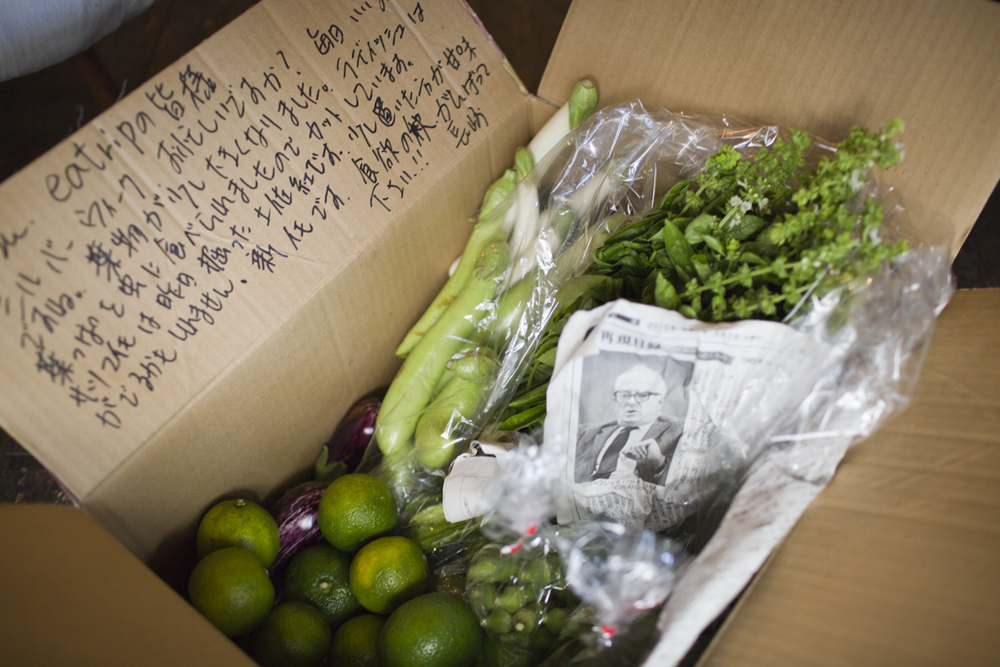
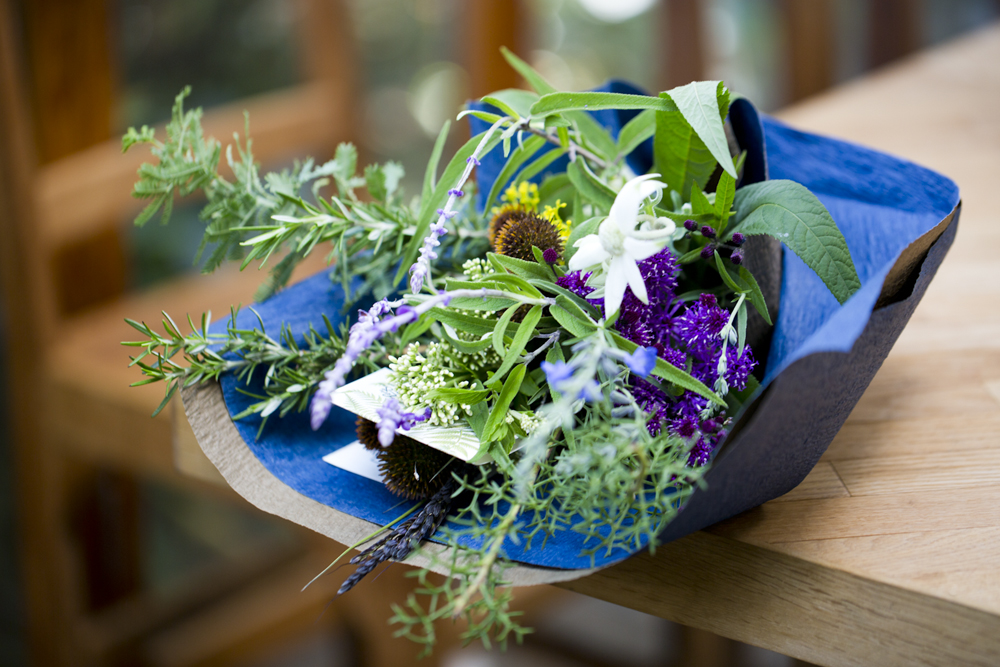
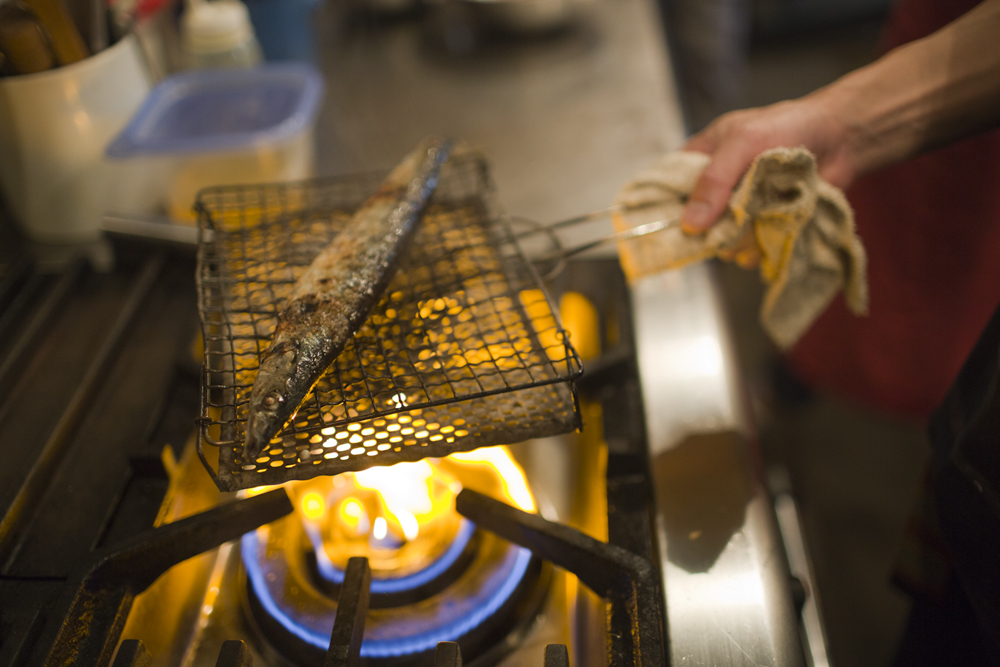
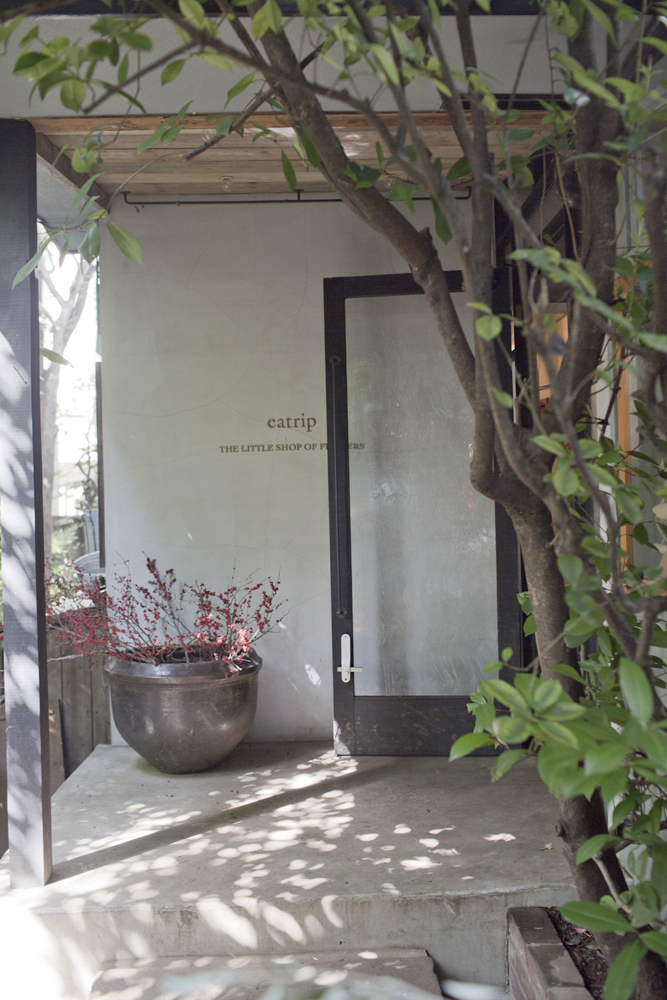
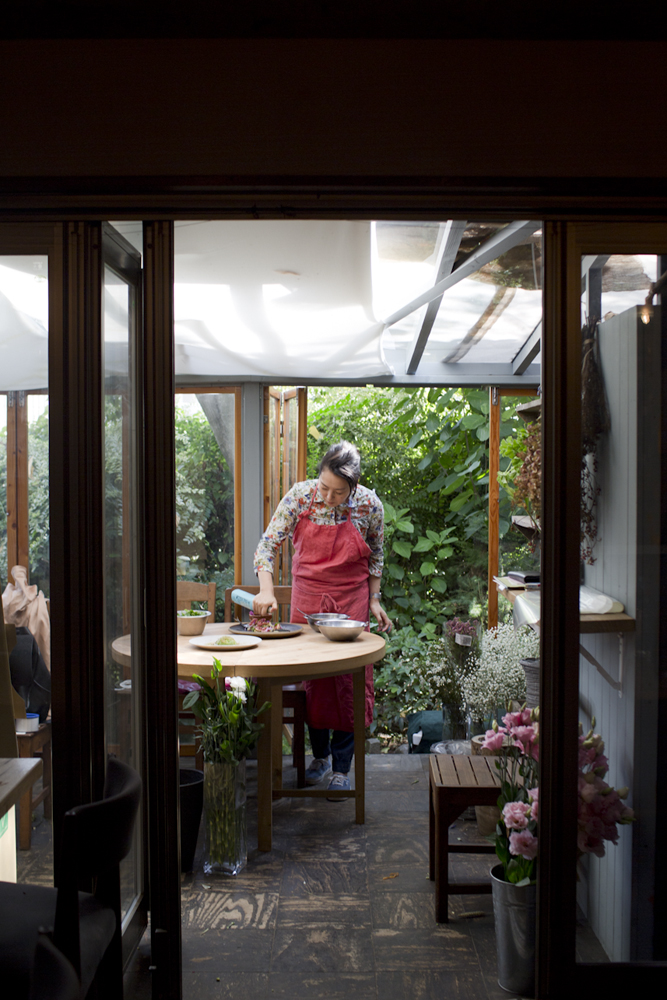
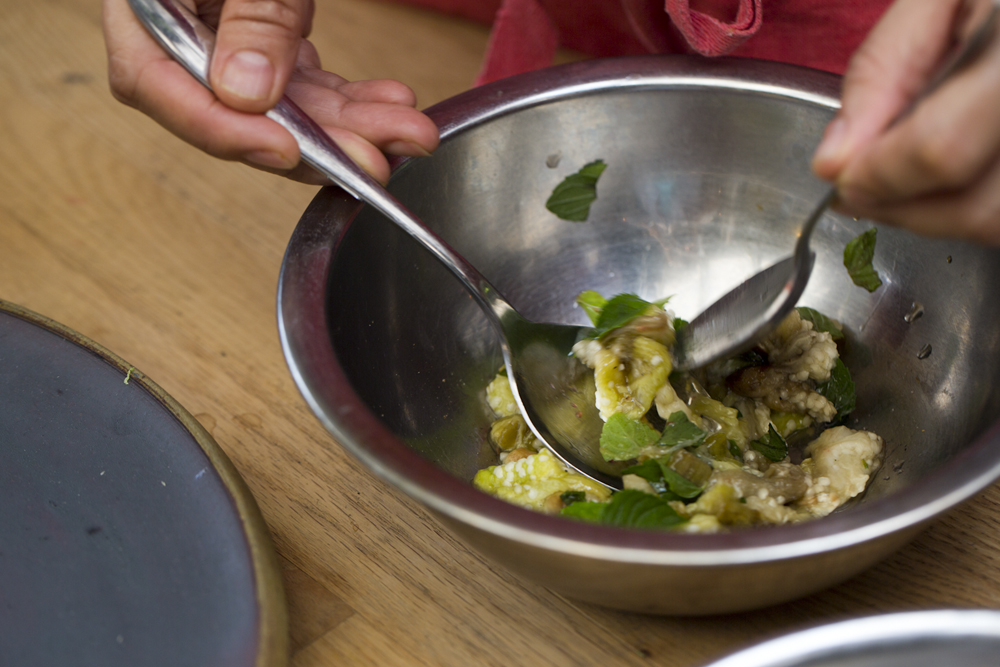
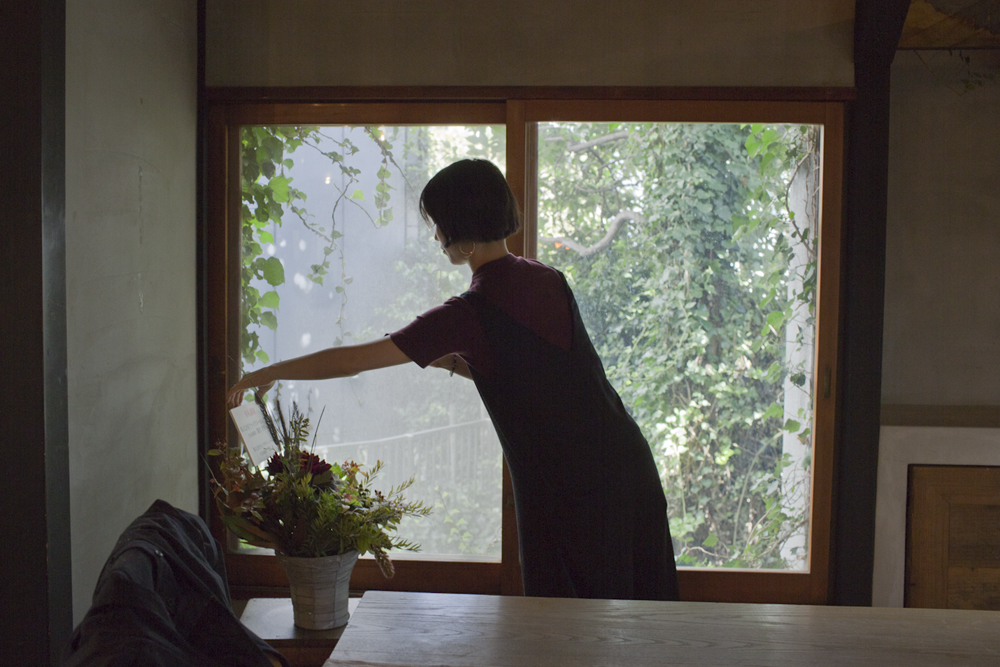
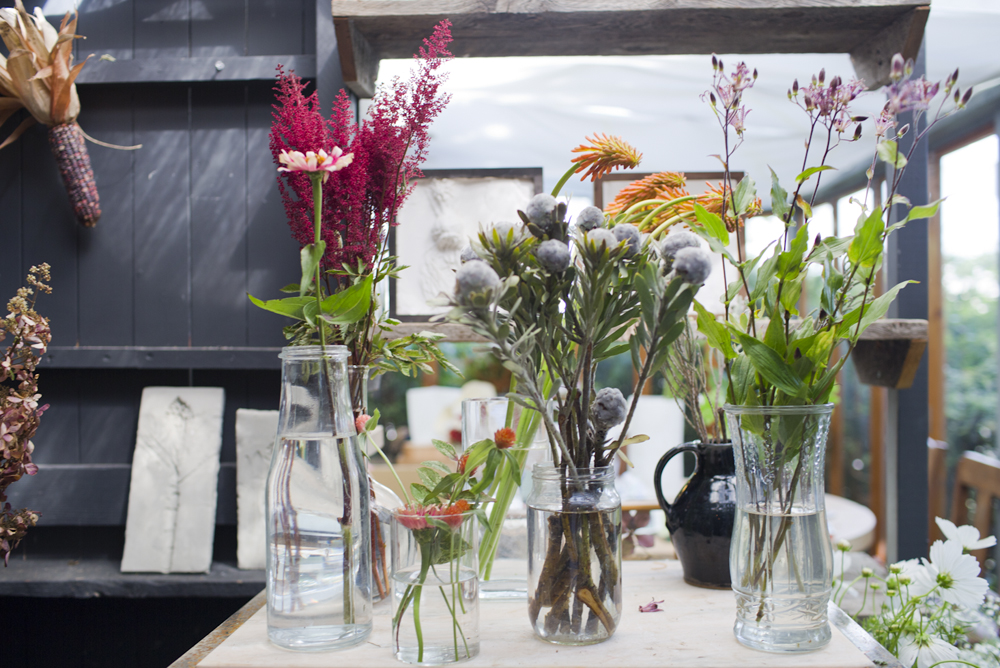
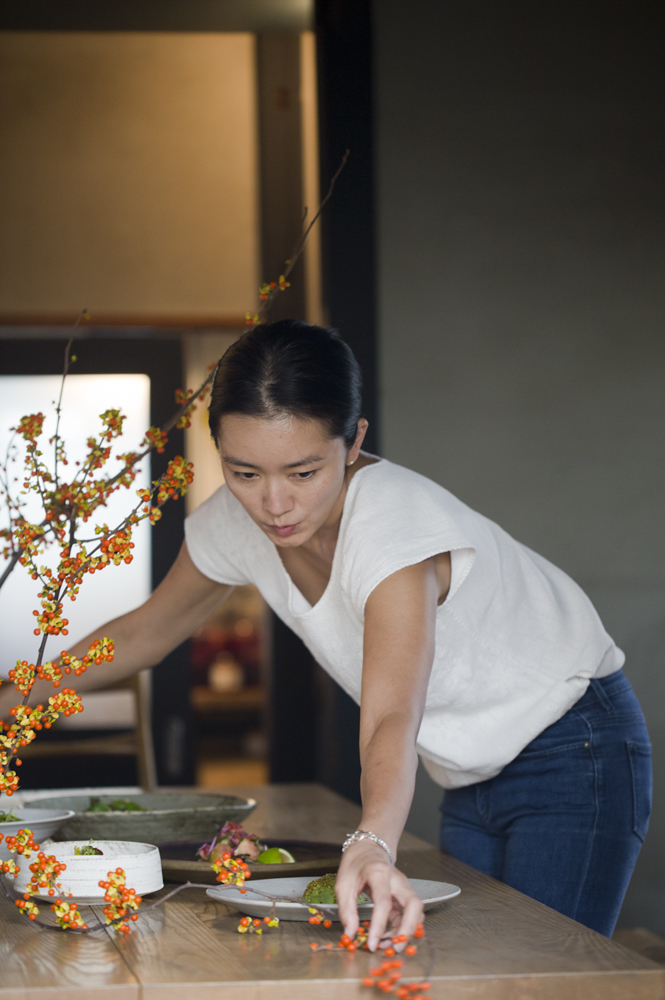
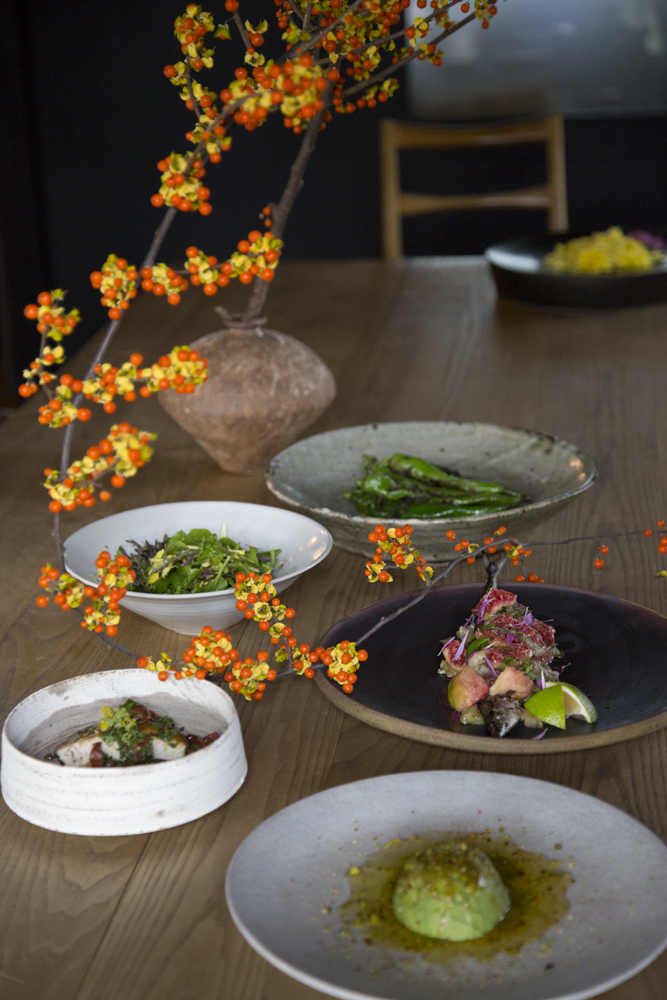
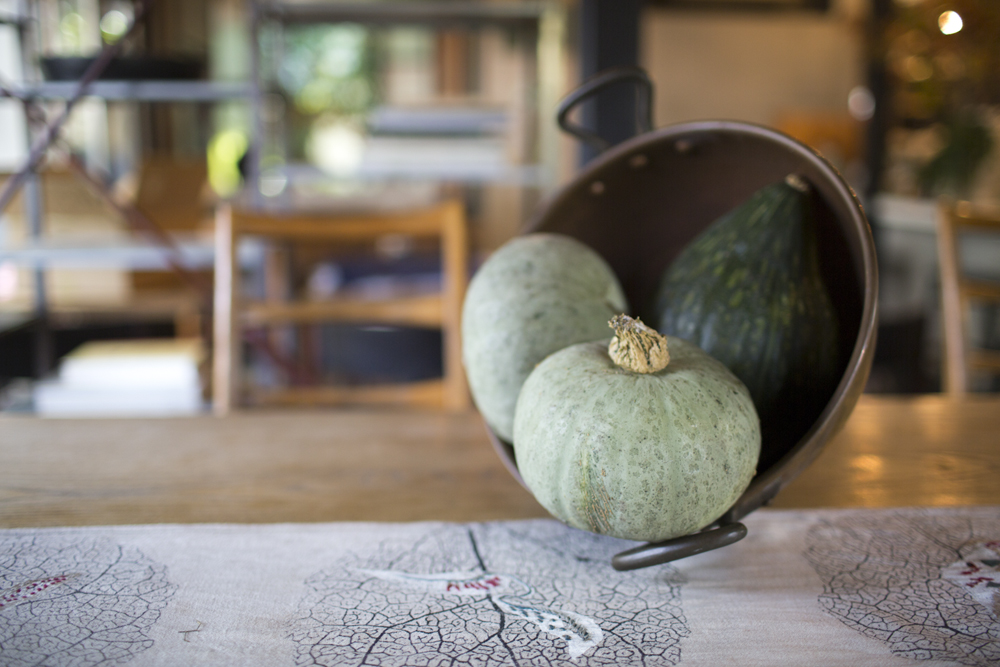
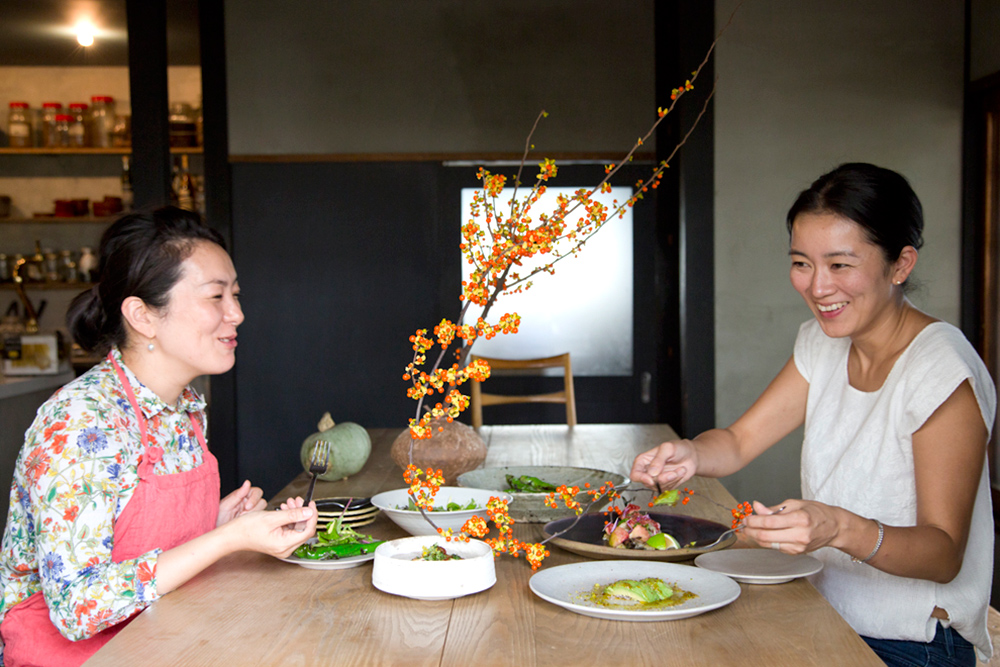
NOTES
This eggplant salad would be great served with crackers or eaten as a side. The combo is surprising but the textures meld together well; it’s the perfect compliment to the oily fish. Yuri used sanma, a seasonal local mackerel. If you can find it, use it, if not sub mackerel, just try to buy one on the small side.
RECIPE
DIFFICULTY
HARD
SERVES
4
PREP TIME
30 MINS
Grilled Mackeral with Figs and Eggplant Salad
-
2smallJapanese eggplant
-
11 lbwhole mackeral (cleaned + scaled)
-
1tspvegetable oil
-
cracked black pepper
-
4ripegreen figs
-
2tbsaromatic extra virgin olive oil
-
2tspwhite balsamic vinegar
-
1tbstorn mint leaves
-
edible flowers
-
sea salt to taste
-
1lime, quartered
Stuffed Avocado Salad
-
2ripeHass avocados
-
1/2cupfresh ricotta
-
1/4cupshelled, unsalted pistachio nuts
-
1/4cupunsalted Marcona almonds (sub blanched almonds)
-
1tspwhite sesame seeds
-
1tspcoriander seed, toasted
-
1/4cupextra virgin olive oil
-
1/2lemon
-
1/8tspAleppo pepper
-
sea salt and pepper to taste
POSTED UNDER
- Japan
Tucked away beside the famously crazy shopping drag of Shibuya, is the most serene garden oasis with some of the best food I found in all of Tokyo. Eatrip is not just a restaurant, it is a destination. Friends, chef Yuri Nomura and floral designer Yukari Iki, have created a bridge across the Pacific ocean, this spot is Nor Cal meets Tokyo in the best possible way. With a rotating exhibition in a tiny gallery, an indoor/outdoor flower shop and a old wooden home for a dining room, you could spend all day here…and so I did.
Yuri has considered every detail from the handmade black clay plates and the vegetables her father grows on his own farm, to the staff’s Japanese linen aprons made by Michida Yuuki, hand-dyed with beetroot pulp leftover from another friend’s juice shop. As I milled about, Yukari gently bent a single branch of yellow and orange berries, creating a minimal installation across the perfect wooden table. Yuri worked quietly in the kitchen; I had no idea what she was making until a procession of plates came to the table. I was so anxious to eat that perfect avocado, my hands were shaking and I dropped my phone face down into the center of the perfect dish.
These recipes represent the freshest, brightest food we ate in Japan, a meal we would crave in the weeks to follow, even as we navigated the most compelling culinary landscape in the world.
Yuri and Yukari in Their Own Words
Julia Sherman: Yukari, you made this really simple arrangement for our shoot that used a single branch to play with the dimension and depth of the space. Does that have something to do with Ikebana, traditional Japanese floral arrangement?
Yukari Iki: Yes, it does. I like ikebana’s asymmetric form and how their rules manage to create perspective, just in the way they place each stem.
JS:Where do you source the flowers from?
YI: Most of them are from the flower market in Ohta and some of the herbs are from Kagoshima or directly from prefecture farmers.
JS: The Little Shop of Flowers travels. Where have you done these pop-ups, and do you have any planned for the future?
YI: We have one planned for December. Our next destination is a small gift shop at the Ace Hotel in London.
JS: Cool! Yuri, your father provides Eatrip with veggies, has he always done this for the restaurant, or is this a new thing? Does he grow to order, or do you just take what he gives you?
Yuri Nomura: My father produces vegetables in Karuizawa, Nagano prefecture for Eatrip from spring to autumn every year. My chefs, my father and I discuss together what kind of vegetables we want, then he plants in spring just for us. But he doesn’t grow everything we need, we still work with small local farmers. Connecting farmers and chefs is my mission. By connecting farmers with chefs in Tokyo, purchasing from the farm directly, trying to reduce transfer cost etc…
JS: Has serving organic food always been a primary concern for you?
YN: I don’t stick exclusively to organic produce. Instead, I make it my mission to use Japanese ingredients from farmers who I have visited and respect.
JS: How did you learn to cook?
YN: My mother cooked every single day when I was growing up, so I was learning to cook even before I realized it. Later in life, I went to Berkley to become an intern at Chez Panisse, so that was definitely a big part of my education.
JS: Do you consider your food to be “Japanese,” or does that not even matter to you?
YN: I don’t worry about whether or not my food is, “Japanese,” but it will always be my foundation. I use Japanese ingredients, and I always try to prepare them minimally and simply, in an effort to highlight their natural flavors.
